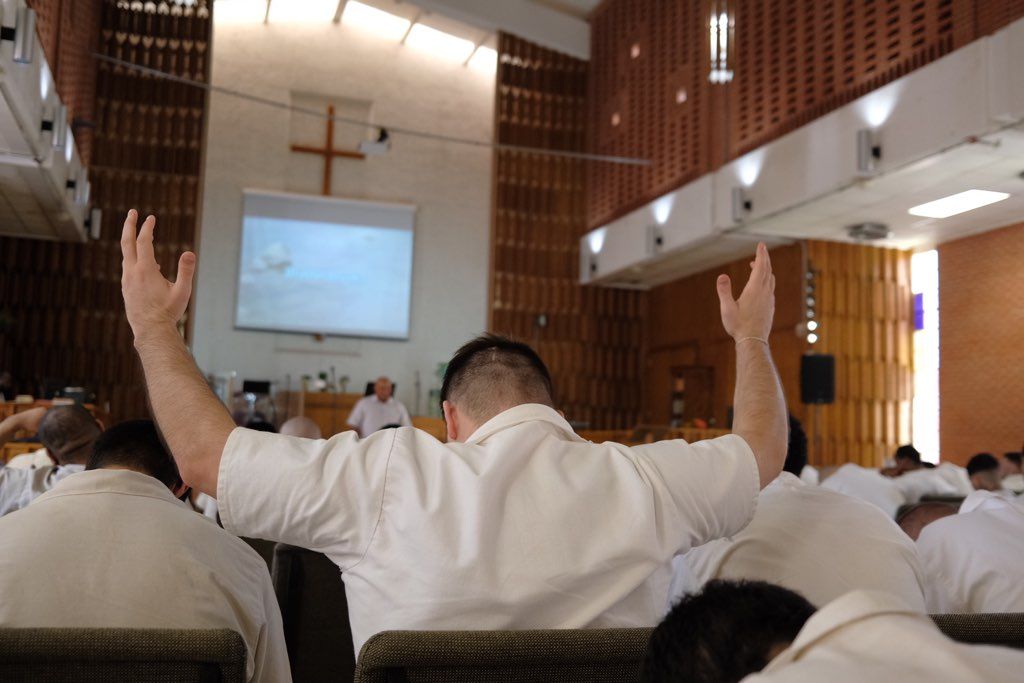Does looking at yourself on Zoom impact learning?
The answer might surprise you.
With the increase in remote learning and use of virtual learning environments these days, and perhaps no end in sight due to recent covid surges, many are left wondering how different conditions might impact student learning (e.g., video cameras on/off). Some of our clients at LaBarbera Learning Solutions, for whom we’ve developed online learning courses, have also questioned whether their students should keep their cameras on.
I just spent two years in a doctoral program delivered entirely through Zoom, and I often wondered whether seeing my own face on the screen during synchronous class meetings (and not being particularly fond of the image I saw) was a distraction that impacted my learning.
There have been several arguments in the literature revolving around the idea that requiring cameras to be on during synchronous class sessions “could increase student anxiety and self-consciousness, heightening a feeling of being constantly watched which could impede students paying attention to the material,” researchers Austin, Fogler, and Daniel (2021) pointed out.
It turns out that seeing one’s face and those of classmates did not result in negative learning outcomes, the study from James Madison University has found.
The study surveyed 155 undergraduate students at a large university in an online classroom who were assigned to one of three video conditions: no video, see only others, and see self and others. The no-video group kept their cameras off so they could not see images of themselves or other participants while they watched a recorded lecture. In the see only others condition, participant video cameras were turned on, but each participant hid their self-view, seeing only other participants. In the see self and others group, participants were able to see themselves and their classmates while watching the video lecture. All participants were then tested on the material.
“Contrary to speculation regarding student learning outcomes with cameras on, students who saw the video feed of themselves and other students (Condition 3) during the lecture had the highest quiz scores,” the researchers said.
These findings suggest that there are no negative impacts on quiz performance when students were asked to keep their cameras on. It may also be true that “cameras on helps to increase self-awareness in a positive fashion and, combined with the presence of other students, perhaps impacts accountability or engagement.”
They found something else interesting: Students who could see others, but had their self-view hidden (Condition 2) expressed discomfort with not being able to see themselves. “This seems to be counter to the arguments made by educators that students who see themselves would experience increased self-consciousness and anxiety” said Austin, Fogler, and Daniel.
Of course these findings may not be the case for every individual who attends an online class session. Nevertheless, the researchers conclude that, “for educators wondering how the use of video cameras may be affecting student attention and learning in virtual classrooms, these results indicate no significant detriment to learning associated with asking students to turn their cameras on during a video lecture. In fact, contrary to the arguments of many, we found an increase in performance when all cameras are on.”










